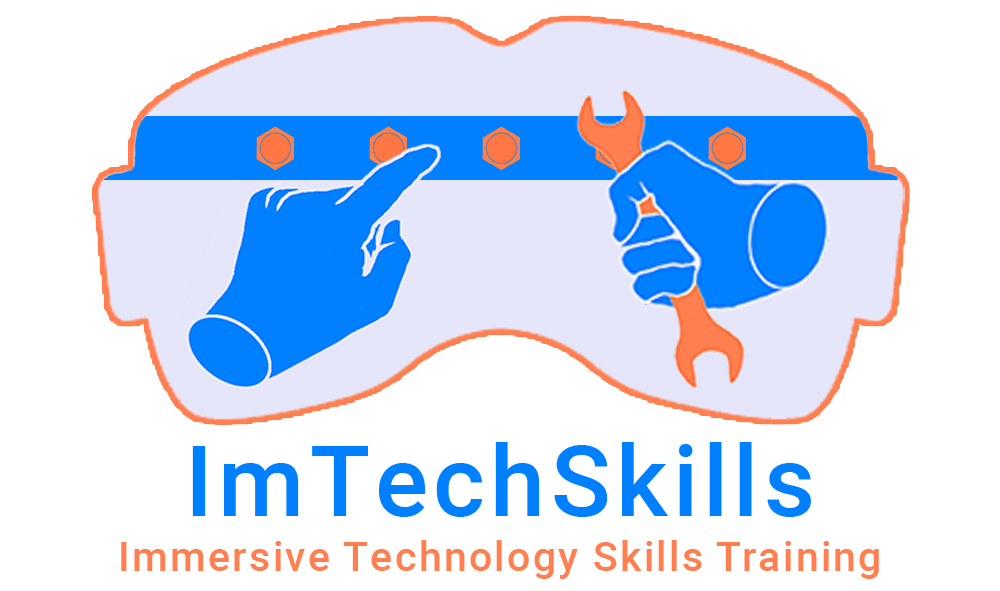Project Definitions
Immersive Technologies
Refers to new ways of creating, displaying and interacting with computer-generated applications, content, and objects to give the user the experience of being immersed into a simulated environment for work or recreation purposes.
Stimulated Learning
Uses 3D projections and images to visualise 2D drawings and diagrams.
Augmented Reality (AR)
Superimposes computer-generated media, such as images, text and videos, into a user’s view of the real world.
Examples are how the cameras in mobile phones and tablets can be used to view an object, then the AR experience adds a digital tag or description, which is shown only on the mobile phone or tablet.
Mixed Reality (MR)
Considered as a subcategory of AR. Real-world objects are displayed on screen with digital overlays of information. The overlays allow for real-time interactions with the objects.
The Microsoft HoloLens eyewear device is an example of an MR device.
Virtual Reality (VR)
Simulates a 3D environment (office, classroom, construction site, work location, laboratory) whereby the user dons a VR Headset and is visually immersed in the simulated work environment. They can then interact fully with all objects shown in the simulated workspace, such as tools, and machinery, in a virtual way.
Examples of VR headsets include META/Oculus Quest2, HTC Vive, PICO 4, and Valve Index.
